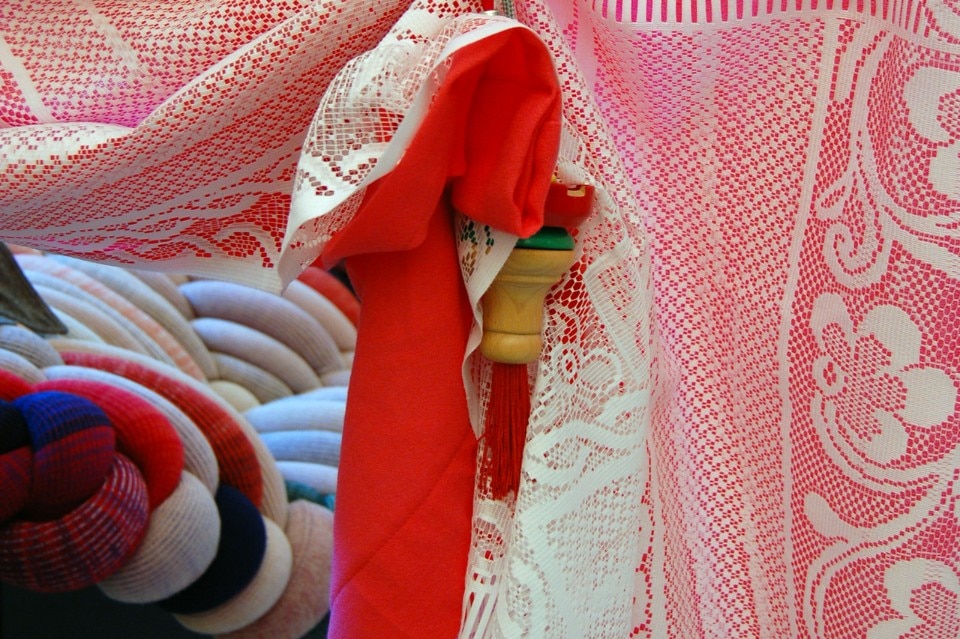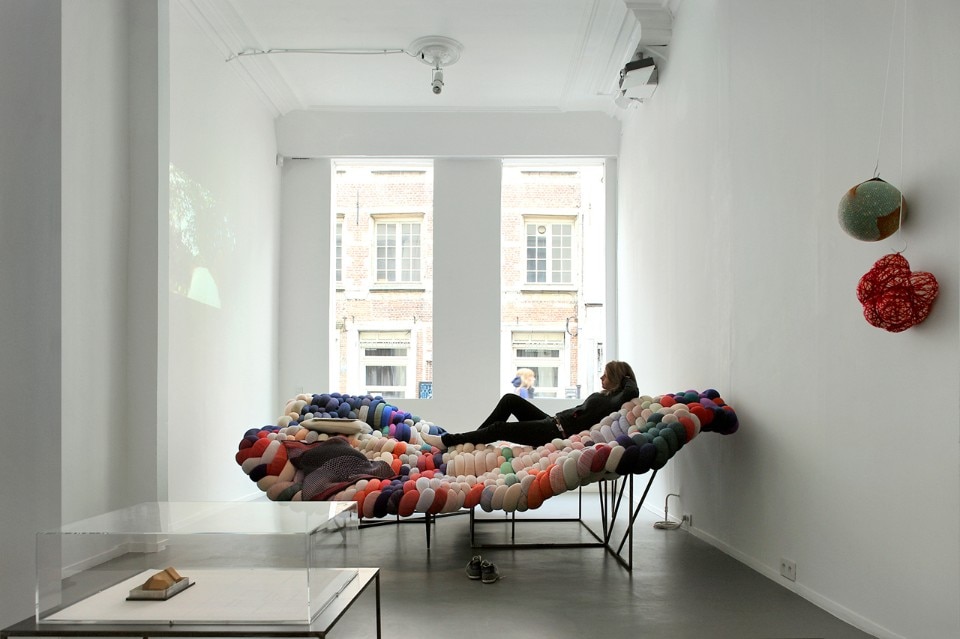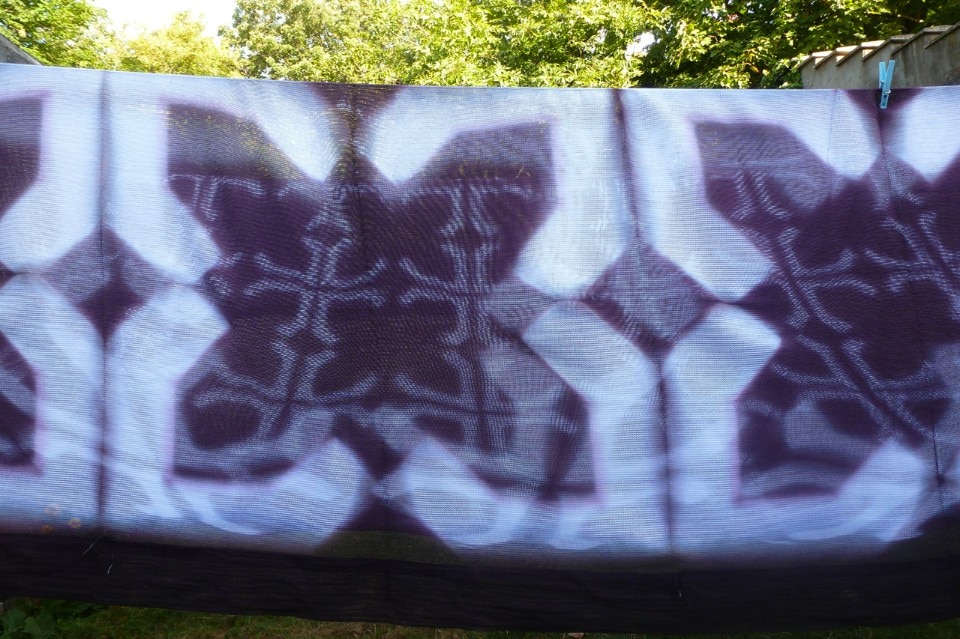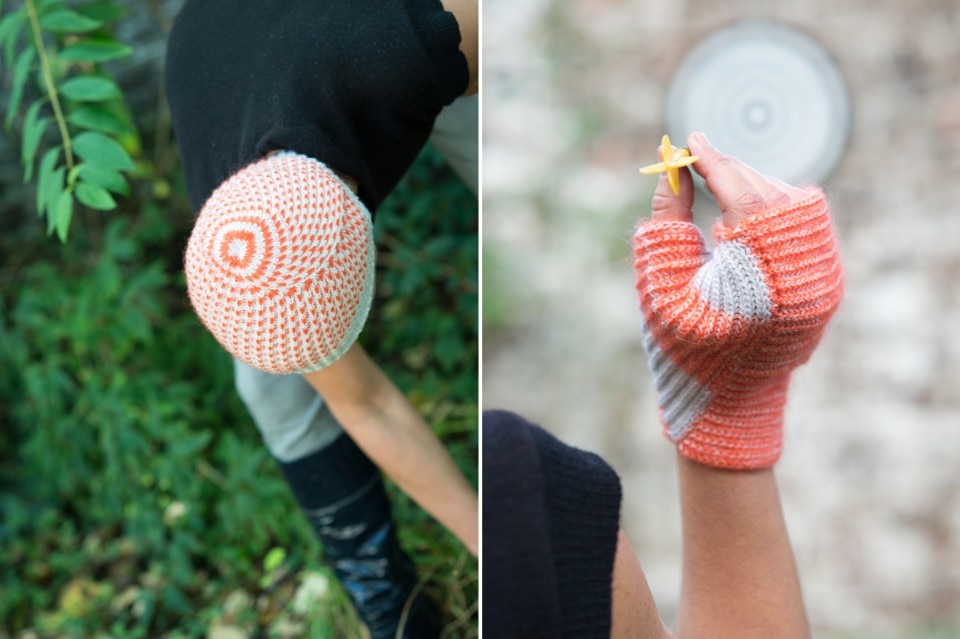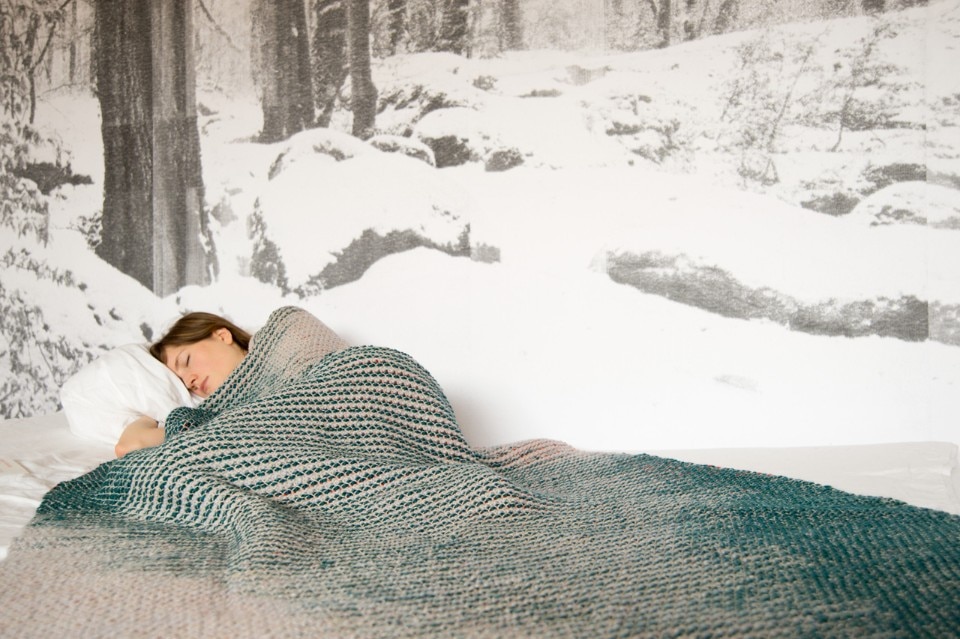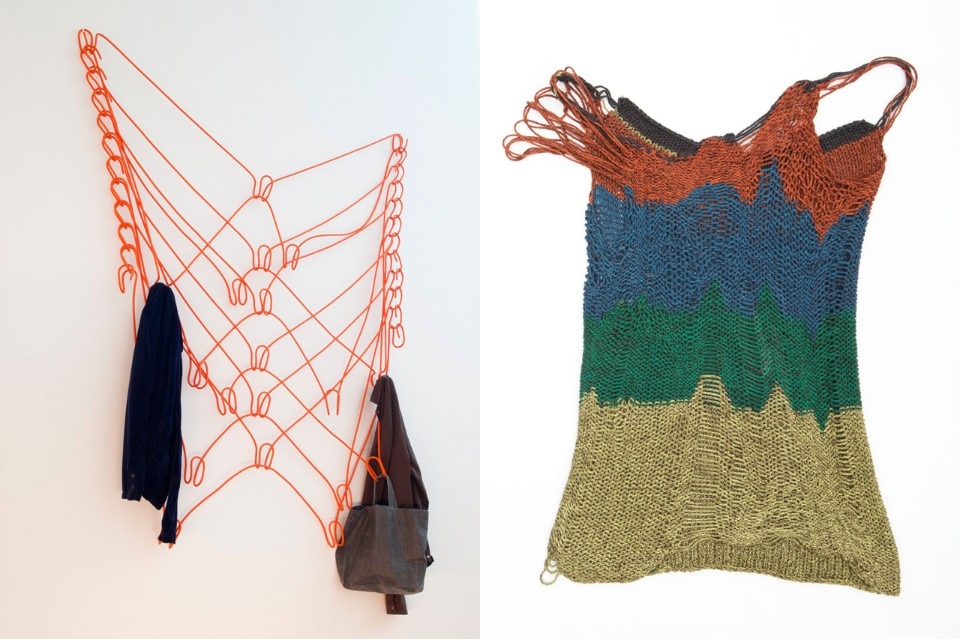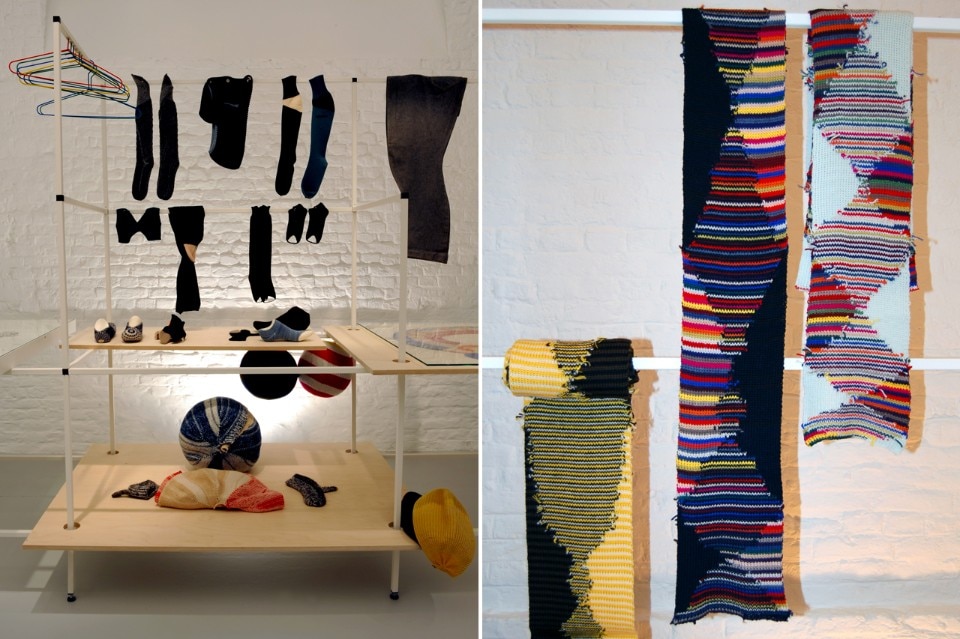
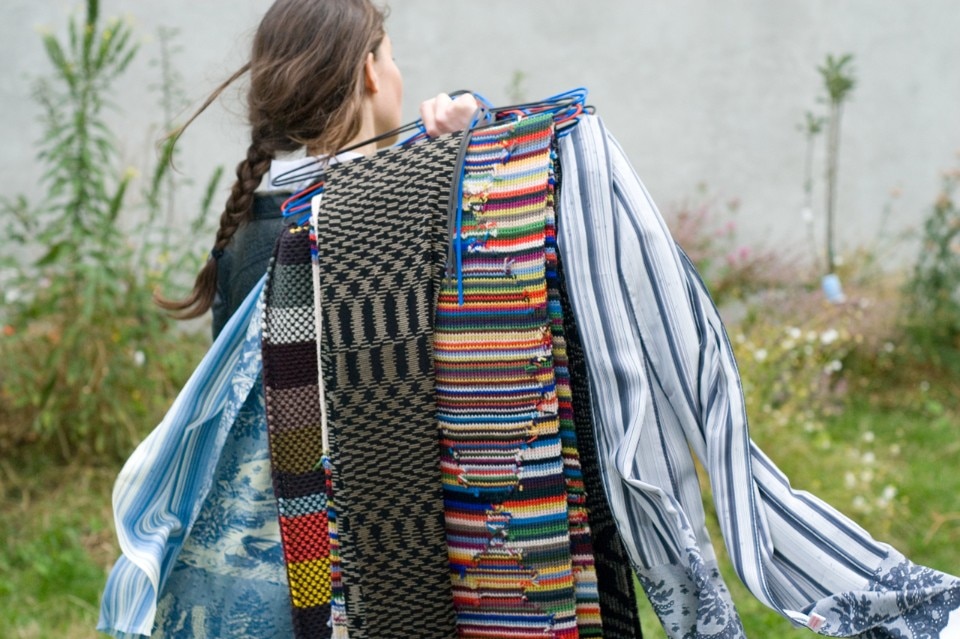
“To do”. To do is to make. Hand-crafting. The word is almost taboo in a cultural world where design has been dematerialised, as was the case with art in the 1960s, notably under the assault of conceptual performance art. Nowadays design is about concept, strategy, social innovation and protocol.
Running counter to this evolution, Chevalier Masson anchor their practise in making, doing and working. To be fair however, their approach is not isolated. The exhibition is a further manifestation of a recent phenomenon. Numerous creators – along with observers, critics and analysts – are returning to practises, the manufacturing process of their creations, often supporting the new technologies which are integrated in more manual approaches.
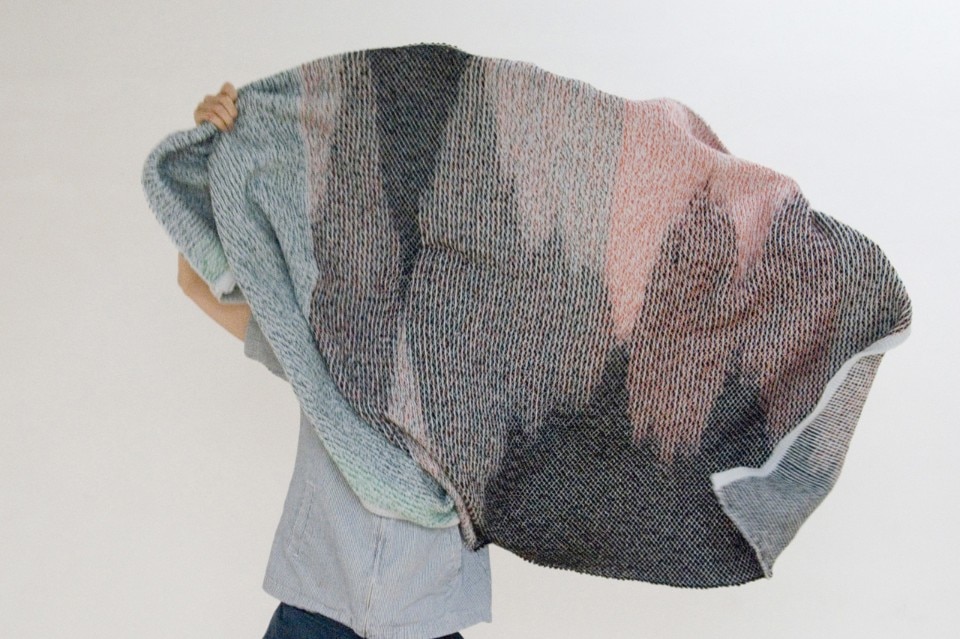
until January 10, 2016
Chevalier Masson
Des choses à faire
CID – center for innovation and design at Grand-Hornu
Site du Grand-Hornu
Rue Sainte-Louise 82, Hornu


